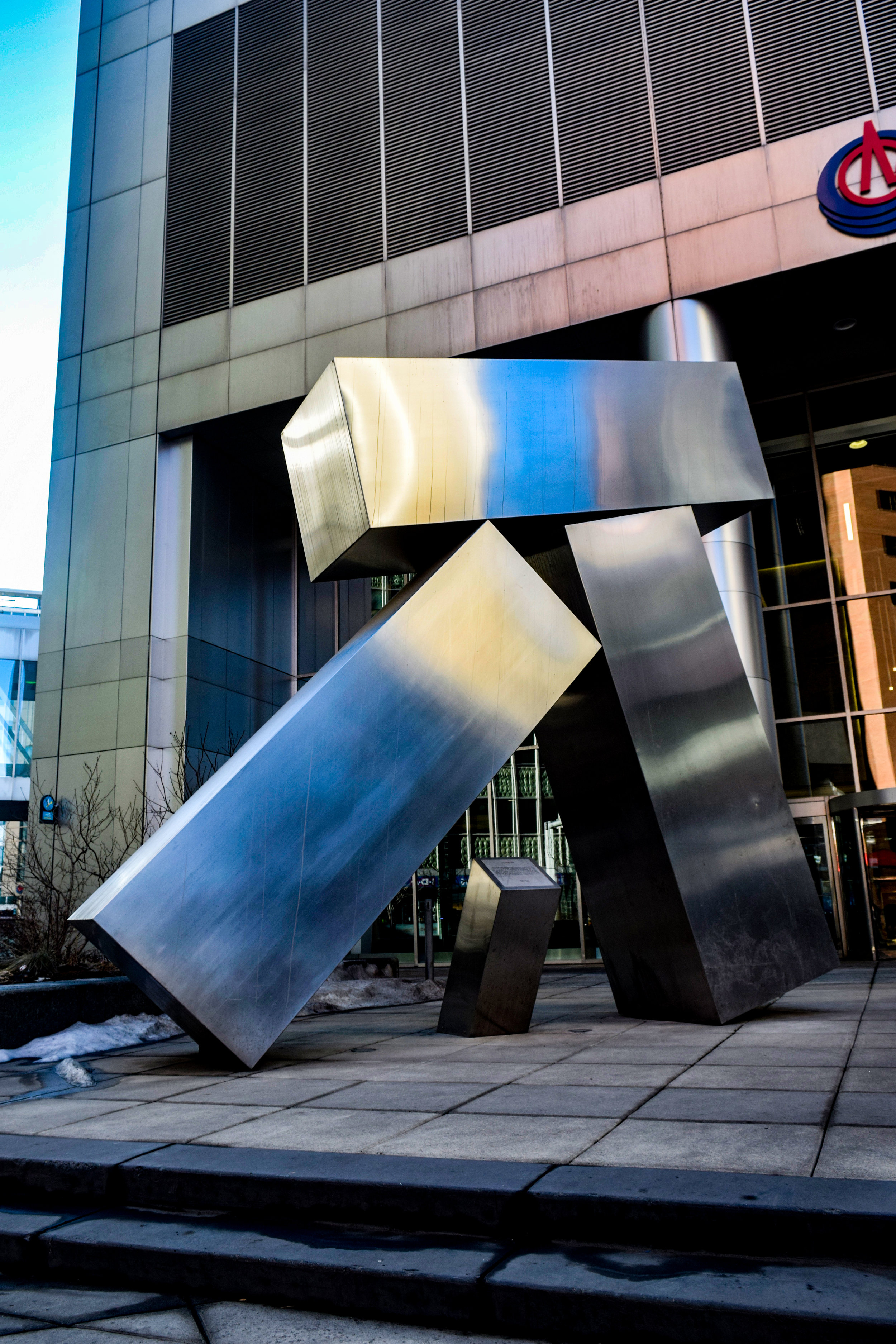One of the primary focuses of Calgary’s redevelopment efforts of the downtown, East Village sits on the confluence of the Bow and Elbow rivers. This natural meeting point has been important throughout the history of our province, whether that be in Indigenous culture or the founding of the City of Calgary. Originally founded to disrupt the whiskey trade in Southern Alberta, Fort Calgary was one of the earliest settled lands in the area. Falling victim to the industrialization of the city’s downtown midway through the 20th century, East Village became known as Calgary’s ‘skid row’ and was left untouched for years. However, efforts were made to revamp this vital part of the city’s history and in 2008 the Calgary Municipal Land Corporation acquired the rights to revive and redevelop the entire district which has to date received over $2.5 billion worth of investment.
Participating in our first Jane’s walk, either individually or collectively, was a great experience especially in an area that has been overlooked for so long. Having both grown up in Calgary, we found that some of the most interesting places our city has to offer often go unexplored as we never really act as ‘tourists’ in our own city. Venturing around East Village with a mindset of observing, learning, reflecting and sharing was a truly eye-opening experience for us both and brought with it a new level of appreciation for the arts in this are of Calgary.
Blending art with innovative design and technology, the area offers a wide variety of public spaces available for everyday use. From the kilometers of pathways to the community gardens, to the countless public art displays there is a blend of culture that would be tough to rival in any community downtown. After walking up and down every street in the community it is evident that no detail was overlooked in the design process which brings the area to another level.
With all the pathways available and the two rivers serving as its borders, this community is able to thrive in any season, offering quite a different feel depending on the time of year. Choosing perhaps the coldest day of the year to do our walk the pedestrian traffic was not at its usual level, offering only scattered groups of people walking dogs or jogging down the paths along the river. Having been there in the summer it could not be any more different; full of colour, people and activity. This provided an interesting contrast in our minds, the tranquil winter day vs the hustle and bustle of a day in mid-July.
Knowing the area had a rich history going in, we were both surprised at how much we were able to learn about some of these art installations and public places and how much they mean to the City of Calgary. With pieces of its industrial history being integrated into the new look of the area, we are able to see how far East Village has come and how much potential it has to grow in the future.













